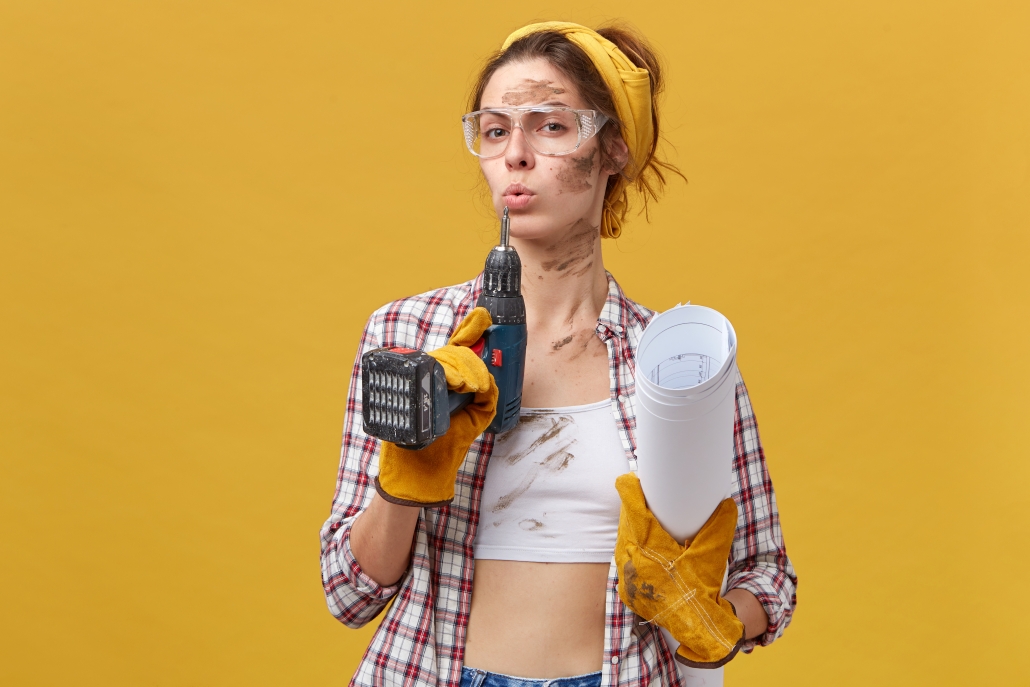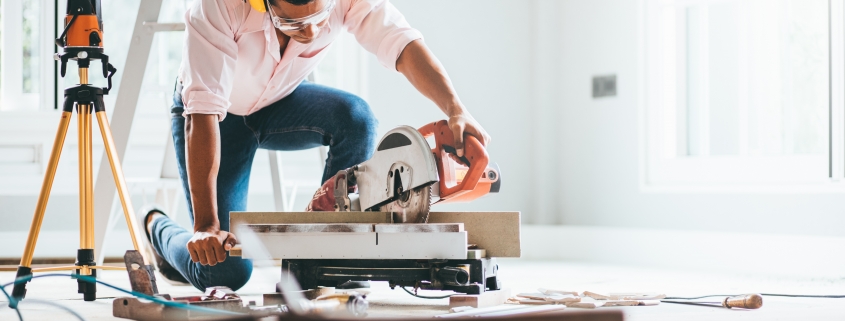Top 6 Safety Tips For DIY Home Projects
Top 6 safety tips for DIY home projects
DIY projects are fun and rewarding. They give you a sense of pleasure and achievement and offer you the opportunity to develop new skills, such as fixing a hole in the wall.
However, renovations can be dangerous if you fail to adhere to safety measures. Hence, it’s important to know what you should do and shouldn’t. Read on to learn about the top safety tips for DIY home projects.
1. Research your DIY project
Before embarking on any DIY project, it’s essential to understand how to go about it and the tools required. Study the labels on the tools and the materials you’ll be using and follow the guidelines provided. If you aren’t sure of how to use the tools, research online. For example, midrange clamps are tools you’ll need when working with wood.
2. Put on protective gear
Most accidents that occur during DIY projects result from minor issues, such as failing to wear protective gear. For instance, painting or working with power saws without safety glasses or goggles will put you at risk of blindness. Protective eyewear is necessary to keep dust and flying debris from hurting your eyes. Moreover, you need to wear gloves to protect your hands while working with wood and other hard materials. Gloves keep your hands safe from lacerations and cuts.
Aside from using protective eyewear and gloves, you need to wear proper clothing, such as workwear by Workwearhub. Avoid wearing shorts or going barefoot when doing any project. Wear jeans to protect your legs from broken glass or wood chips that might cause severe injuries. Opt for steel-toe boots if you plan to use dangerous equipment, like a weed wacker or a lawn mower. Put on a long-sleeve or an oversized shirt and an apron to protect your body from flammable liquids, cleaning agents, and caustic materials.

3. Know how to use a ladder
If you’re scared of heights, avoid climbing up a roof or doing anything that requires going up. Leave the task to a professional instead.
But if you aren’t scared of heights, make sure you know how to use a ladder safely. Use the right ladder that’s made of a sturdy material, such as metal, wood, or fiberglass. Apply the three-point anchor while working on a ladder: Always have both hands and one foot or both feet and one hand on the ladder.
Here are other tips for proper ladder usage:
- Lock the A-frame ladder and keep it open.
- Avoid stepping on the top two rungs.
- Set up the ladder on a stable, level surface.
- Don’t work with electrical tools while standing on an aluminum ladder. Since aluminum ladders are good conductors of electricity, you could get electrocuted and fall.
- Follow the 4 to 1 rule: Position the ladder one foot away from the wall or any vertical surface for every four feet of height where the ladder rests against the surface. That means that when you climb to the roof, the ladder should extend above the edge at least three feet.
- Don’t put a ladder in front of an open door.
4. Stay alert when working with anything electrical
When working with anything electrical, ensure that the power is switched off or the equipment is unplugged when not in use. The following are some things you should remember:
- Keep water away from power sources.
- If you aren’t wearing trainers, stand on a rubber mat while using electrical tools.
- Always turn off the power before repairing a device or working on a circuit. Let a professional take over if you feel unsure or anxious to fix it yourself.
- Don’t use tools with disabled guards or frayed cords.
5. Let professionals handle gas repairs
While gas is an efficient power source, it’s hazardous. For instance, you could create a leak unknowingly. The gas will build up in your home and may lead to an explosion that’s set off by static electricity.
So, if you want a gas repair done, contact your power company. Don’t hesitate to leave with your family if you smell gas or notice a gas leak. Seek professional assistance once you’re in a safe place.
6. Invest in fire extinguishers
Before getting to work, have fire extinguishers at hand. It will be practical to have a couple of extinguishers for your home. Buy general purpose A-B-C rated fire extinguishers, which protect you from burning electrical insulation and components, burning liquids like grease, as well as materials that include wood and paper.
You can put one fire extinguisher in the kitchen and the other close to your DIY workbench.
Conclusion
DIY projects are a wonderful opportunity to improve your home. Though they’re exciting to do, they can be dangerous. Thus, you need to take safety precautions, such as wearing protective gear.





Leave a Reply
Want to join the discussion?Feel free to contribute!